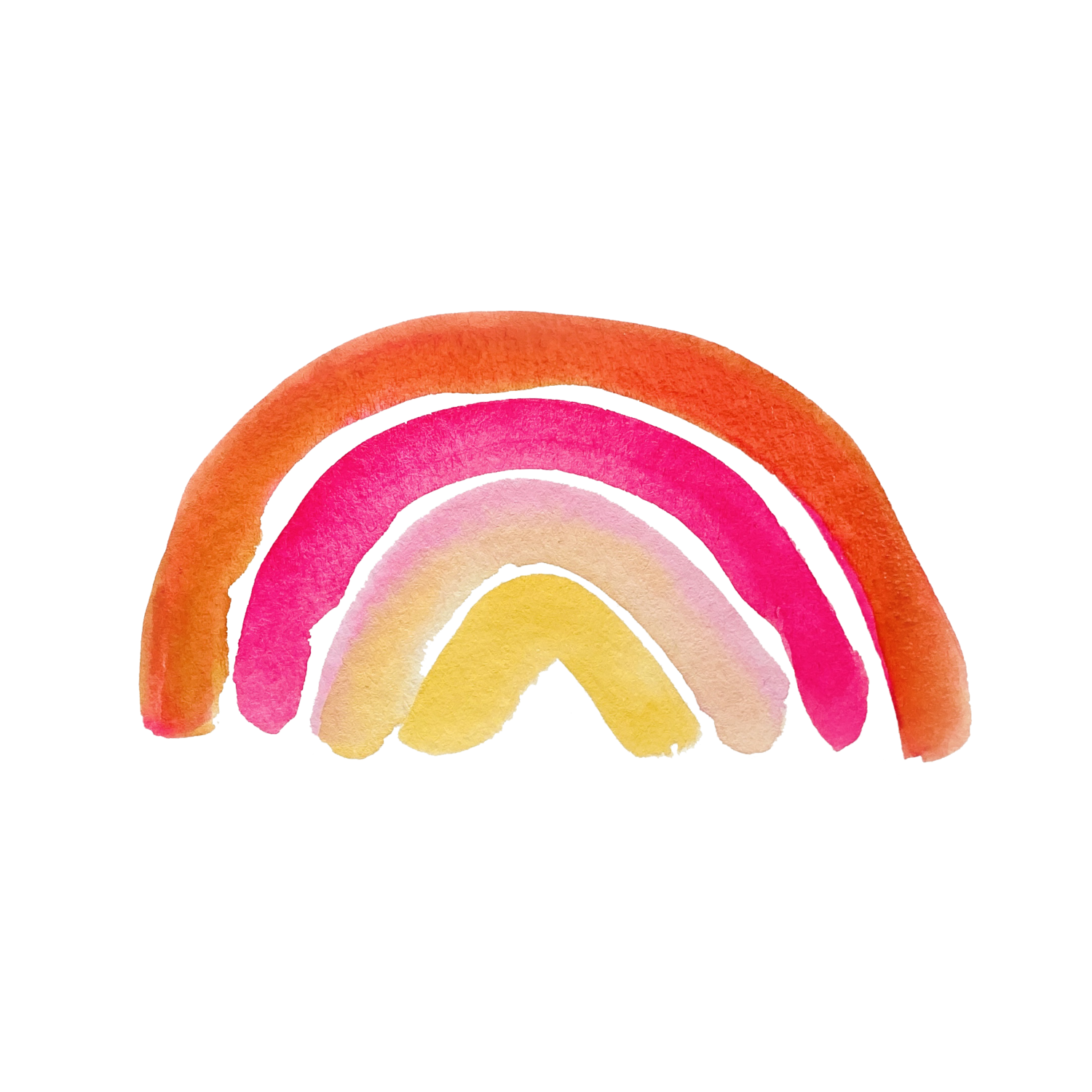10 Ways to Make a Watercolor Botanical Painting More Exciting
I have several tricks for making my watercolor botanical paintings more dynamic. Here are two methods I love which could really add something to your
Botanical paintings are a beautiful way to capture the intricate details of plants and flowers. Traditionally, botanical paintings are done on a plain white or cream background, but why not add a bit of creativity to your paintings by experimenting with different backgrounds? In this article, we will explore different ways to make your botanical paintings more dynamic and creative with the background.
Use watercolor washes
Watercolor washes are a great way to add a splash of color to your botanical painting background around the subject. Start by wetting the paper with clean water and then apply the watercolor wash over the top. You can use one color or a combination of colors to create a beautiful gradient effect, or just one color wash with layers to give depth. This technique works especially well for creating a soft, dreamy background that complements the delicacy of your botanical subject. You can also use sponges to lift colors out of your wash.
For the piece to the right I used gouache to create a dark background. Below are a few creative ideas for how to make your piece more exciting and creative.
2. Create texture with acrylics
Acrylics are a great medium for creating texture on your painting. You can create a textured background by applying acrylics with a palette knife or using a dry brush technique. This will create a tactile effect on the background of your painting, giving it a more interesting and dynamic look. You can experiment with different colors and textures to find the right combination that complements your botanical subject.
3. Use collage
Collage is a fun and creative way to add depth and interest to your botanical paintings. Start by cutting out shapes and textures from different materials like tissue paper, handmade paper, or magazine pages. Then glue them onto your painting to create a layered effect. You can use the collage to create a background or to add texture and interest to the foreground of your painting. This technique is especially effective when creating abstract botanical paintings. College can also add a texture affect to your piece.
4. Experiment with mixed media
Mixed media is a technique that involves combining different art materials to create a unique and dynamic artwork. You can use a combination of watercolors, acrylics, pencils, and markers to create a botanical painting that is full of depth and interest. Start by painting the background with watercolors or acrylics, and then add detail and texture with pencils and markers. This will create a layered effect that adds depth and dimension to your painting. It’s up to you how you reach the effect you want!
5. Incorporate natural elements
Incorporating natural elements like leaves, flowers, and twigs can add a beautiful and organic touch to your botanical paintings. You can glue these elements onto the background of your painting to create a naturalistic effect. This technique works especially well when painting plants or flowers that are native to your area. It creates a connection between your painting and the natural environment, adding an extra layer of meaning to your artwork.
6. Create a patterned background
Creating a patterned background is a great way to add interest and complexity to your botanical paintings. You can create a pattern by using stencils, stamps, or by freehand drawing a design. This technique works especially well when painting repetitive botanical subjects like leaves or petals. It creates a cohesive and unified look that complements your botanical subject.
7. Play with negative space
Negative space is the space around and between the subject of your painting. Playing with negative space is a great way to add interest and depth to your botanical paintings. You can leave areas of the paper blank to create a sense of openness and breathability. This will draw the viewer's eye to the subject of your painting, making it stand out even more.
8. Use metallic paints
Metallic paints are a great way to add a touch of glamour and luxury to your botanical paintings. You can use metallic paints to create a shimmery background that complements the delicate subject of your painting. This technique works especially well when painting metallic or iridescent plants like succulents or orchids.
9. Create a gradient background
Creating a gradient background is a simple yet effective way to add depth and dimension to your botanical paintings.
10. Adding a pop of color with Gouache.
Using gouache to add more vibrant color can add a pop of color and interest to your botanical paintings. You can use a bright color for the background or add splashes of color throughout your painting. This technique works especially well when painting a subject with a bold and striking color like a red rose or a purple iris. The pop of color will draw the viewer's eye and make your painting stand out. Gouache is a lot thicker and has a higher color density so it can give more vibrant colors than watercolors quicker.
If you’d like to learn more about gouache, I have a whole section of my site devoted to sharing painting tips! My favorite cheap beginner gouache set can be found here.
In conclusion, botanical paintings can be made even more dynamic and creative by experimenting with different backgrounds. From watercolor washes to mixed media and metallic paints, there are numerous ways to add depth, interest, and beauty to your botanical paintings. By incorporating these techniques into your work, you can create a unique and stunning piece of art that captures the beauty of nature in a truly unique way. Whether you are a beginner or an experienced artist, adding creativity to your botanical paintings is a great way to push your artistic boundaries and take your artwork to the next level.



